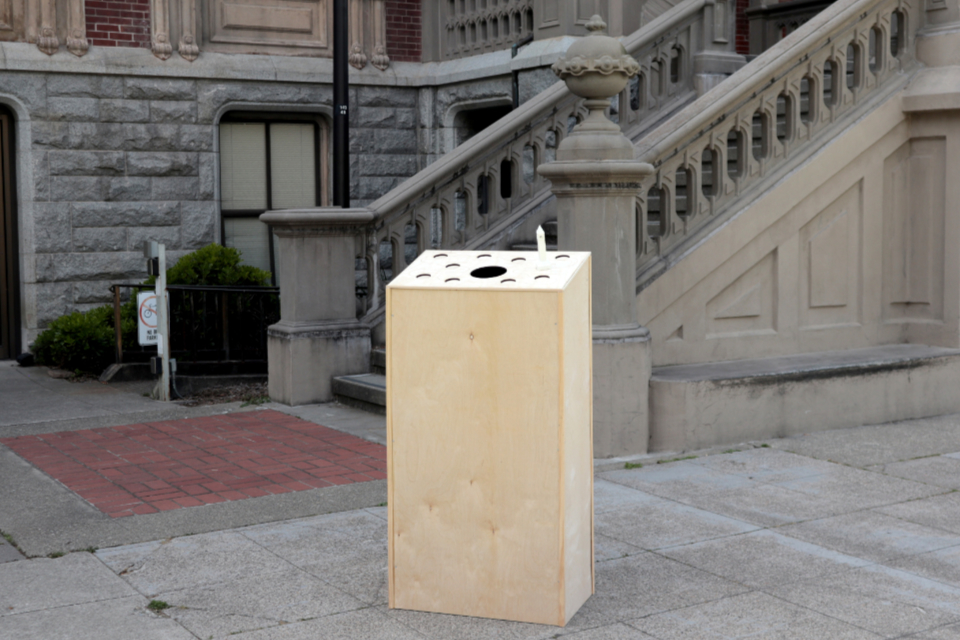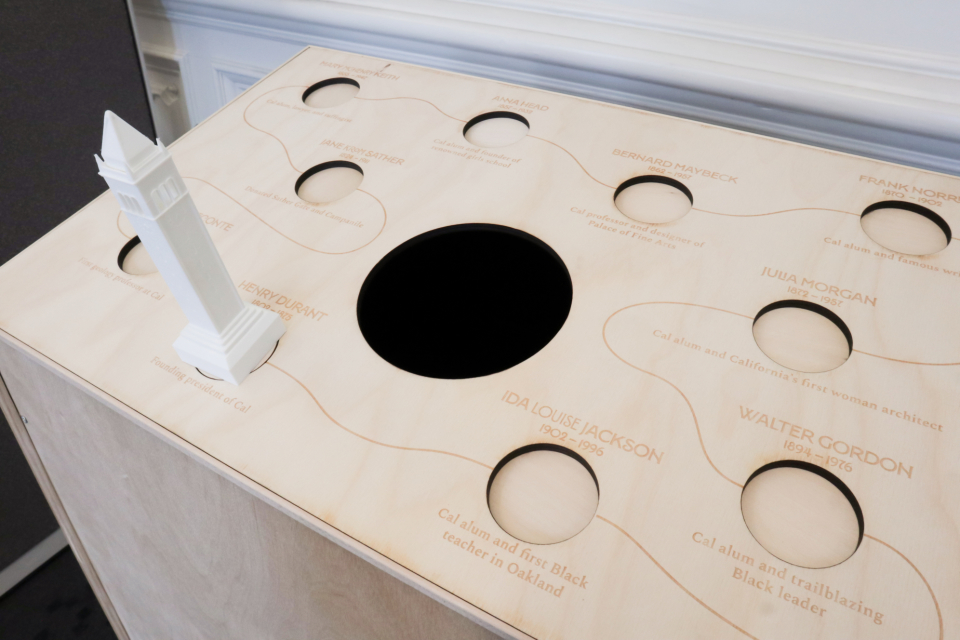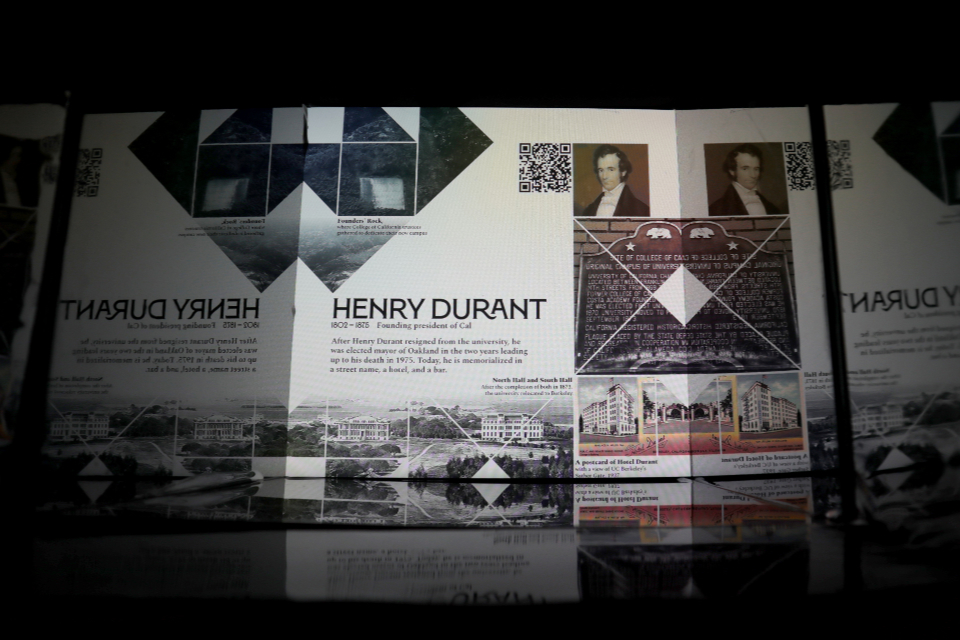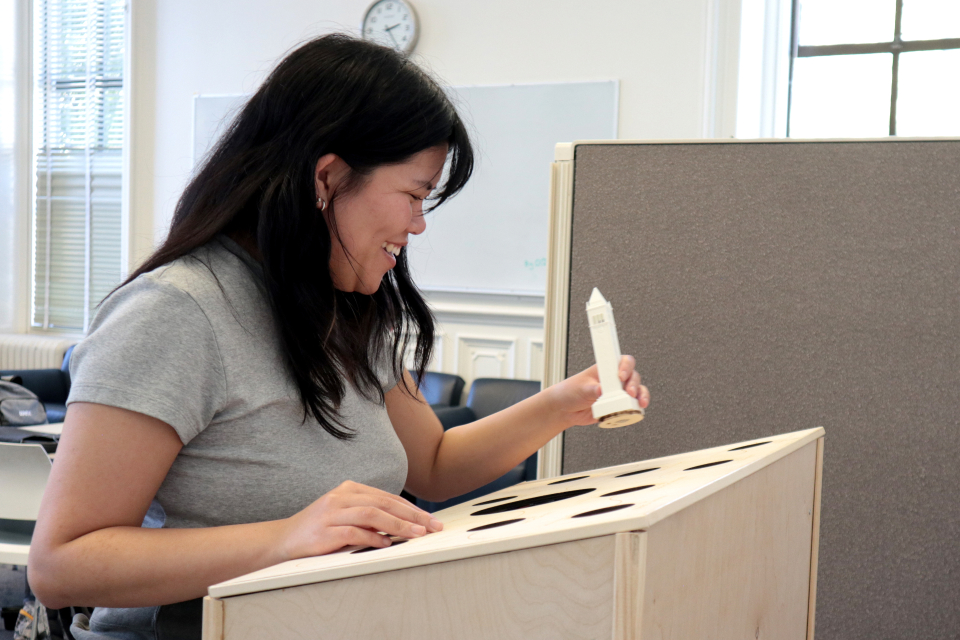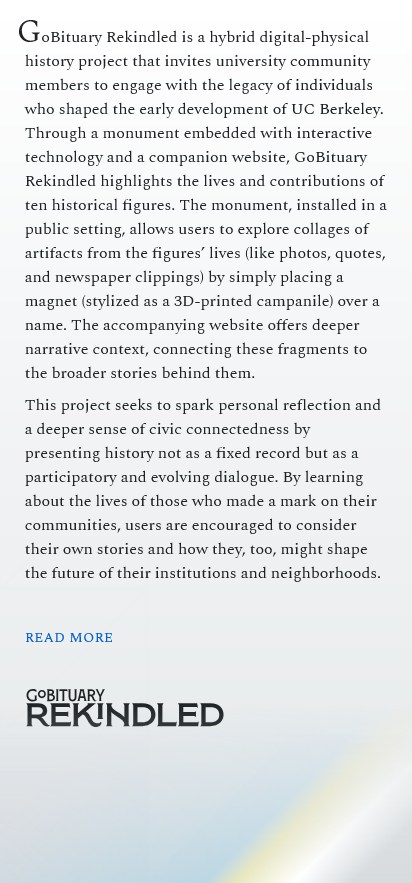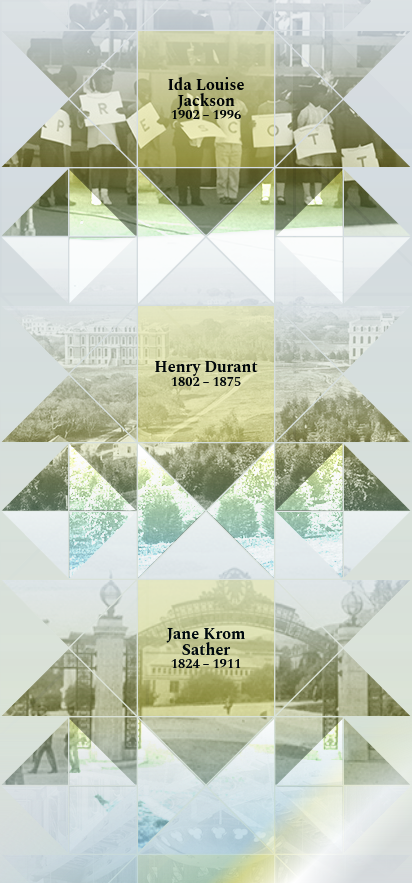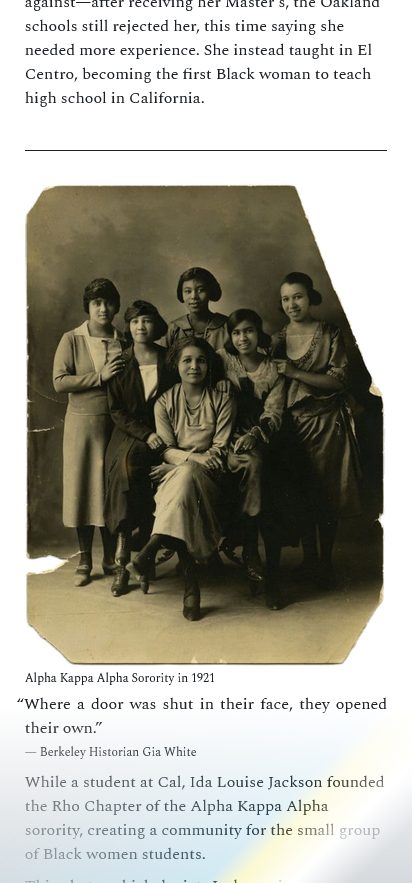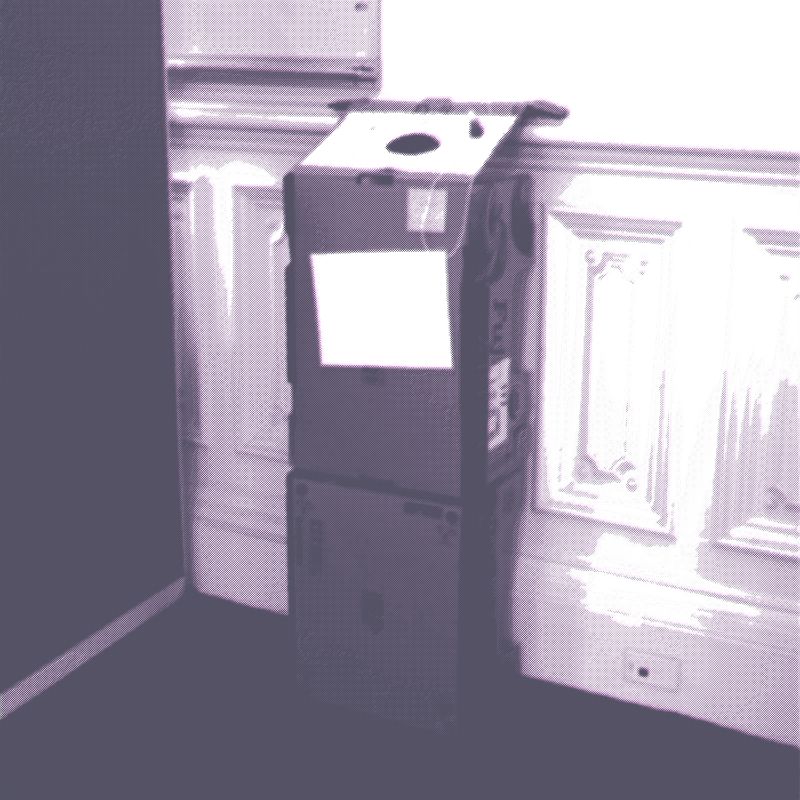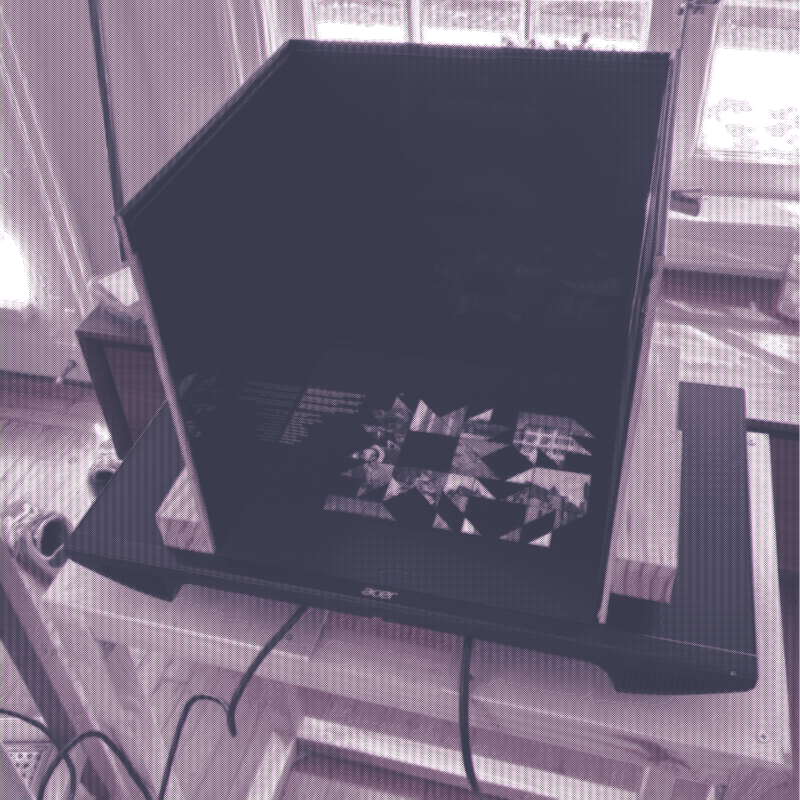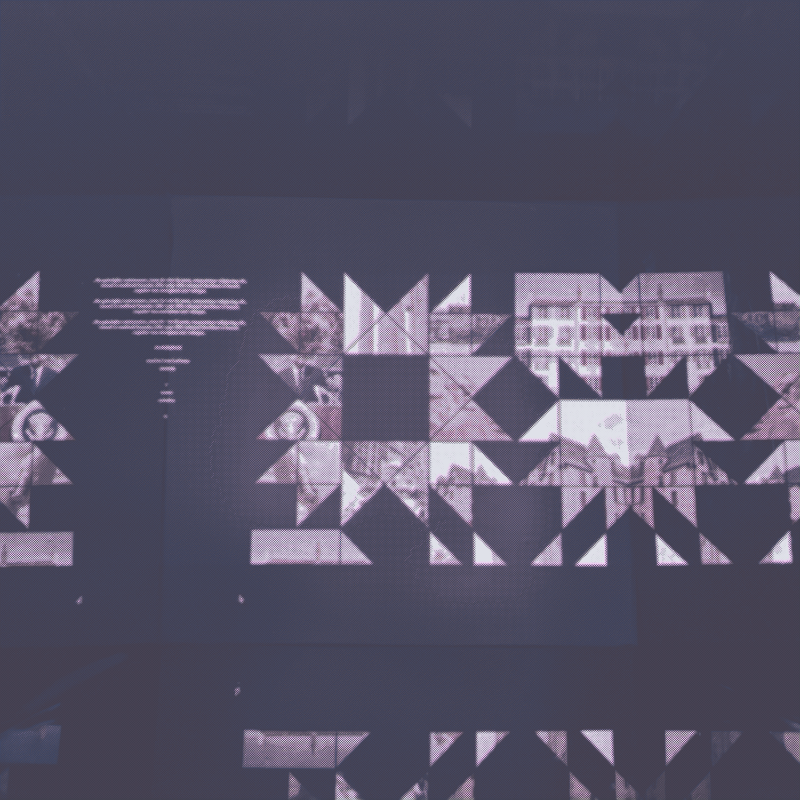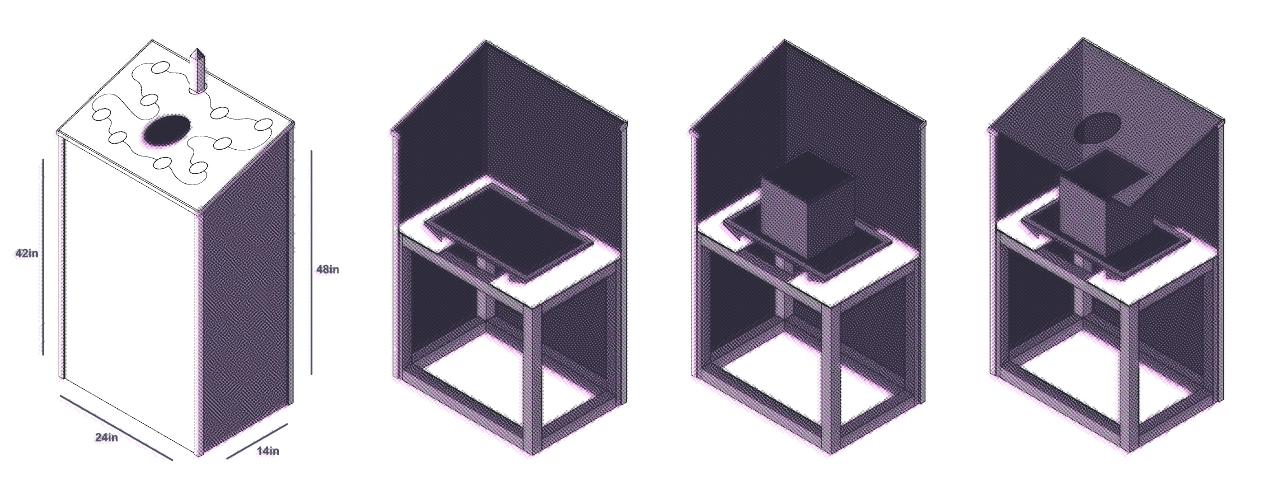Research
Motivations
This project is an extension of the original GoBituary website, and similarly seeks to enhance understanding of local history. The general public seems generally unaware that many historic cemeteries offer tours that are very informative and worthwhile, so we saw this as an opportunity for exploration.
Since convincing people that cemeteries are actually super cool and you should totally go visit one is a tall task, we focused on bringing the educational benefits of going to a cemetery into spaces that feel more communal.
Research Questions
- RQ1: How do memorials promote engagement with local history?
- RQ2: What historical content promotes a feeling of connection between the individual and their community?
- RQ2.1: What historical content do people find intriguing and/or memorable?
More detailed information about this project's research and methodology can be found in the report (PDF) available on the project website.
